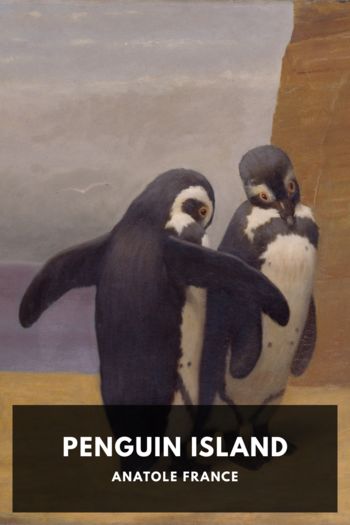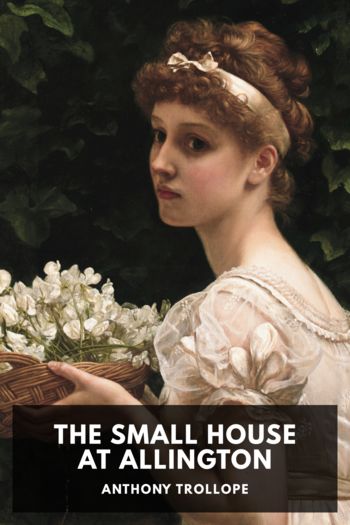The Hidden Garden Gopi Narang (year 7 reading list TXT) 📖

- Author: Gopi Narang
Book online «The Hidden Garden Gopi Narang (year 7 reading list TXT) 📖». Author Gopi Narang
In the environment of total despair and despondency that gripped the subcontinent in the aftermath of the partition, the rediscovery and revival of Mir were inevitable. Firaq Gorakhpuri (1896–1982) was the first to tread this path. He was fascinated by Mir’s Hindi roots and the rasa of his Sanskrit poetics. Around the same time, across the border, Nasir Kazmi (1925–72) led Mir’s widespread revival. He compiled an Intikhaab2 of Mir’s verse with a stimulating introduction. Pak Tea House, situated on the Mall Road in Lahore, was the hub of all avant-garde literary activity. Two discussions with Nasir Kazmi at Pak Tea House, which were initiated by Intizar Husain, are now part of Kazmi’s Intikhaab. They were first published in Savera, an influential literary journal. The time to study Mir more seriously had finally arrived. In his perceptive and insightful commentary, Kazmi cast a wide net, discussing not only both Ghalib and Iqbal in the context of Mir, but also considering the post-Partition mood—the feelings of sadness and vagrancy, and an atmosphere of despondency and suffering on both sides of the border. Kazmi, a cult figure and a leading poet of modernism, proved to be a trendsetter, and his poetry echoed Mir’s intriguing personality, forlorn sadness, and unusual alienation.
This was also the time when a revolution was sweeping the world of literature and philosophy following the posthumous English publication of Swiss linguist and semiotician Ferdinand de Saussure’s (1857–1913) path-breaking linguistic theories. After completing my doctorate at Delhi University, I had an opportunity to learn and absorb these new ideas in humanities during my tenure at the University of Wisconsin, Madison. What surprised me most was the great affinity between these new discoveries and some of the ancient Indian poetics’ thought processes. The DNA, which is of great value in the personal identification process, can also unfold, metaphorically speaking, hereditary secrets in the structural investigation of literary thought and unravel concealed facts about a poet that were not previously known or examined. After returning to India, and especially during my tenure at Jamia Millia Islamia, I got into literary criticism as a field of research and study. At Jamia, I started organizing yearly literary seminars on shared Indo-Pak themes.
During that time, I got an invitation from the Karachi Anjuman Tarraqqi-e Urdu to deliver the Maulvi Abdul Haq Memorial Lecture on Mir’s poetry. Since the subject was close to my heart, I wanted to talk about aspects of Mir’s oeuvre which no one had touched upon, and which needed in-depth attention. The first draft of my presentation was received well and the Karachi Anjuman published it in 1981. I continued to add to this work, and the completed book-long manuscript, titled Usloobiyaat-e Meer, was published from Delhi in 1984.
Mir’s contemporaries included some prominent names. Everyone recognized Mir’s mastery over lustrous poetic language, his breadth and depth of inventive meanings, and the superb lyrical quality of his verse. Still, for most of the eighteenth and the nineteenth centuries, the opinion about his standing as a poet was limited to a few attributes of flow and simplicity. What constituted Mir’s creative signatures and how to identify the roots of his work and the directions they led were not looked into deeply enough. In that sense, this book is the first of its kind and fruition of that endeavour. Mir’s work’s serious critical look must go beyond traditional theses of simplicity and flow and a synthesis of Persian segments with Prakritik Rekhta (the vernacular dialects that existed alongside Sanskrit and the early prototype of Urdu).
Mir’s greatness as a poet does not depend on one or two factors. He said it beautifully in his self-assessment: Rekhta rutbe ko pahunchaaya hua us ka hai (Rekhta reached the pinnacle of its glory because of his efforts). How did he do it? It resulted from a number of factors, including the mixing of magical formulations and the creative use of language that touched the reader’s heart. What are the identifiable elements and the deep-seated markers of these attributes? I have been trying to unravel these hidden aspects. It has not been a smooth ride. Mir hinted about his Dakani maa’shuuq (beloved), maa’shuuq jo apna tha baashinda dakan ka tha, i.e., the colourful raw Dakani of south India. He also said that if there were rawness and wrinkles, he straightened and perfected it with his extraordinary creative skills as an artist.
Rekhta was an evolving and imperfect medium at that time. Mir turned it into a gemlike literary and gushing language of ghazal—highly aesthetic, skilful and rich with inventive meanings. Ghalib was deeply under Bedil’s influence, but it is also correct to say that the vessel he needed to fashion the preciousness of his verse, the ingenuity of thought, and innovative subjects also came from Mir. Urdu had to become ‘Urdu’ before it became Urdu-e Mualla of Ghalib. Mir forged Urdu in the inner fire of his creativity. All the pathways of ghazal in the nineteenth century and later find their source in Mir. To call Mir a poet of simple conversational style is not doing justice to him, although he wrote much of his poetry in the people’s language.
It is impossible to know about the tragic mass suffering caused by 1857 without going through Ghalib’s letters. In the same way, we cannot appreciate the magnitude of the pillage, loot, and ruination during the invasions of Nadir Shah (1739) and the repeated plunder of Ahmad Shah Abdali (from 1747 onwards), and also the infighting between the Jats, Marathas, Rohillas and others without going into the soul of Mir’s verse and his life. Mir’s story is not just his own story; it is a testament to the miseries suffered by Delhi as a city and its residents. It is a story of the river of fire he had to wade through to survive in those times: ujre nagar mein jaise jale hai charagh ek (in a pillaged town engulfed in darkness shines a distant,





Comments (0)